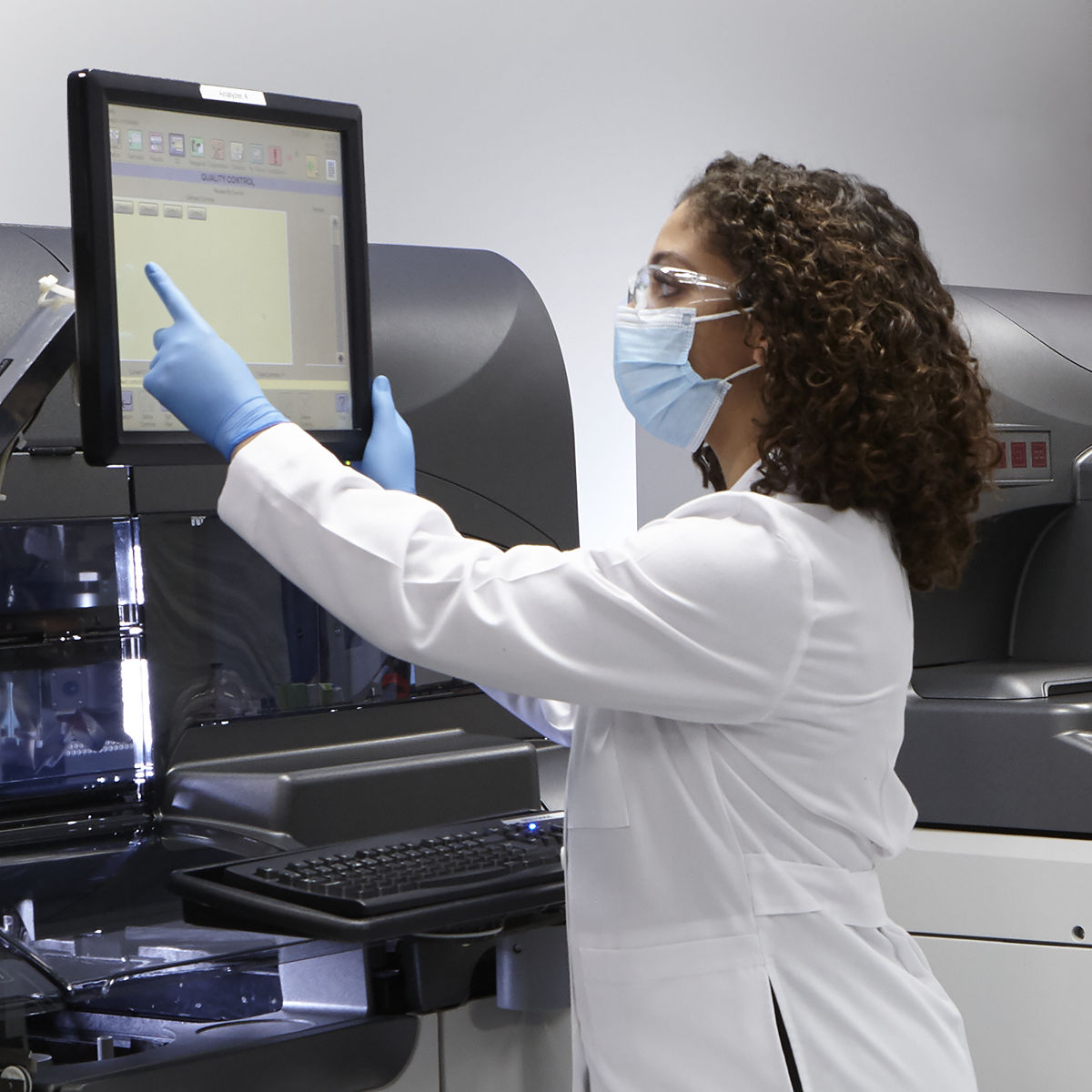The laboratory serves as an ideal resource in providing both quality results and interpretive support to clinicians as they provide optimal care for their patient.
Often, the pediatric patient cannot provide a reliable clinical history, the physical findings may significantly underrepresent the severity of disease and the patient’s condition can change rapidly, particularly for premature infants.
Due to these factors, the demand for shorter turnaround times (TAT) and a high first-pass yield (FPY) is constantly increasing.

The solution
The Vitros Integrated System brings together seven proven technologies designed to remove the obstacles to reducing turnaround time and help you provide meaningful results first time through continued streamlined operations and full assay menu.
Enabling Vitros® technologies designed for performance
Direct ISE analysis minimizes protein and lipid interferences.
No ISE electrode maintenance.
Enhanced chemiluminescence detection technology delivers excellent precision with fewer unnecessary dilutions, repeats and redraws.
Offers special chemistry menu and user-defined assays in a cost-effective, easily implemented format.
With no water, complex plumbing, water purification systems or wastewater treatment, our Vitros systems are eco-friendly and sustainable.
Detects endogenous interferences – Hemolysis, Icterus, Lipemia and sample clots.
Monitors, verifies and documents diagnostic checks throughout sample and assay processing protects result integrity and minimizes workflow disruptions.
Disposable, single-use tip technology eliminates sample-to-sample carry-over and contamination.
Download the Poster to find out how Vitros integrated systems bring substantial benefits to laboratories on productivity and quality in a pediatric setting: Evaluation of the Vitros® 5600 Integrated System in a Pediatric Setting. Jung, B.P. et al., The Hospital For Sick Children, Toronto, ON, Canada.
Pediatric reference intervals
The establishment of robust pediatric reference intervals is critical to ensure accurate diagnosis and treatment of children.
Pediatric laboratory professionals strive to provide clinicians with precise reference intervals to assess the children under their care. The most robust reference intervals are those established using blood samples from healthy children.
Read the article:






